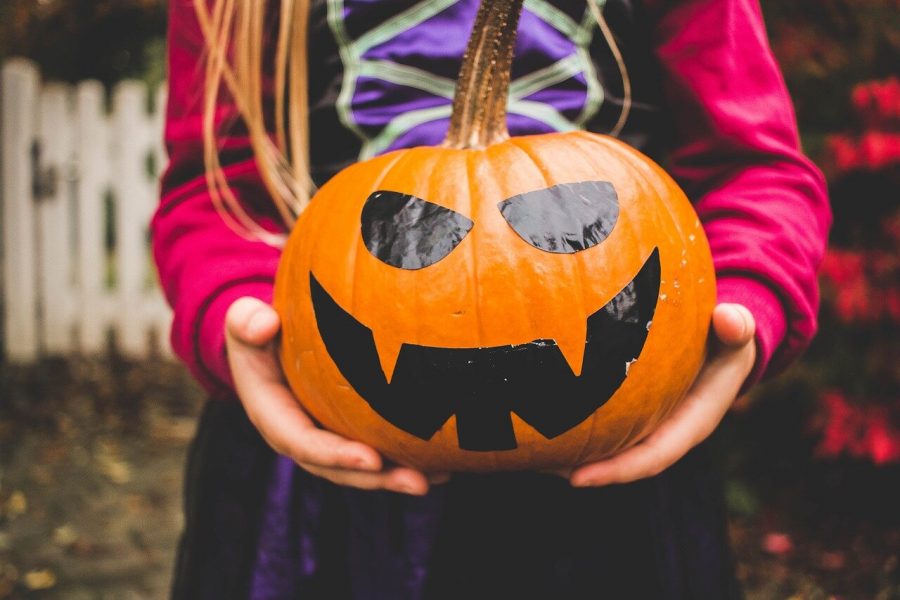CDC releases preventative guidelines for Halloween
October 30, 2020
With the end of October approaching, New Yorkers are gearing up for Halloween and in order to make sure the spooks and scares come from movies and not from the coronavirus, the Center for Disease Control and Prevention released guidelines the public should follow.
Halloween festivities commonly lead to crowded streets of people in a wide array of costumes. Doorbells ring, candy is handed to trick-or-treaters and screams of delight fill the air. For others, Halloween is the time to get their adrenaline pumping at haunted houses or fright fests. With the pandemic, however, New York’s Halloween will look different this year.
Trick-or-treating, visiting haunted houses, attending parties and going on hayrides have all been deemed as high risk activities. There are ways, however, to make a few of these activities safer.
First, a simple costume mask is not sufficient enough to prevent the spread of the virus. If the costume mask has “two or more layers of breathable fabric covering the nose and mouth, without gaps around the face,” then it’s acceptable, according to the CDC. Otherwise, the CDC does not recommend wearing a mask under the costume mask. Instead, approved masks should be incorporated into Halloween costumes. For instance, people can switch out skeleton makeup for a skeleton mask to look like Tim Burton’s Jack Skellington.
While walking the streets, trick-or-treaters of all ages must remember to adhere to social distancing guidelines. The same can be said for those handing out candy.
“We certainly don’t want people to be opening the door and saying hello to everybody,” Dennis Clements, director of the Duke Global Health Institute, said. “You’d be introducing into a close space whatever people are breathing out,” he added.
The CDC recommends people take candy and place it in Ziploc bags or other small, plastic bags. By doing this, contact is minimized, and trick-or-treaters can choose bags based on their allergies.
Second, while haunted houses are not considered to be safe during the pandemic, haunted forests are. Instead of confined quarters with scary actors popping out, the same setting is moved to a larger scale of an open forest.
Regardless of the change in scenery, a forest can be just as terrifying and thrilling as a haunted house. Hence, the CDC advised that the route should be one way and masks and social distancing measures should be incorporated.
Haunted forests, however, are not completely safe. Anything meant to scare surely will illicit screams. Scientists have found that the coronavirus is spread through droplets, including those that come out while talking, let alone screaming. For these frightening festivities, “If screaming will likely occur, greater distancing is advised,” the CDC said.
By following these guidelines and continuously washing hands or using hand sanitizer, those two high risk activities become moderately risky. For those looking to be very cautious, the CDC also listed lower risk activities.
Carving pumpkins is a traditional Halloween pastime that is both fun and requires little social interaction. Another activity is holding a scavenger hunt among people who live in the same home. It can be Halloween themed and, similar to Easter, be a hunt for candy that keeps children entertained as well.
With platforms like Zoom, Google Hangouts or even just Facetime, friends and families can
virtually have Halloween costume contests or have a movie marathon. Whether it be nostalgic movies like Twitches or scarier ones like The Babadook, people can have Halloween fun while keeping themselves safe from being exposed to the coronavirus.








